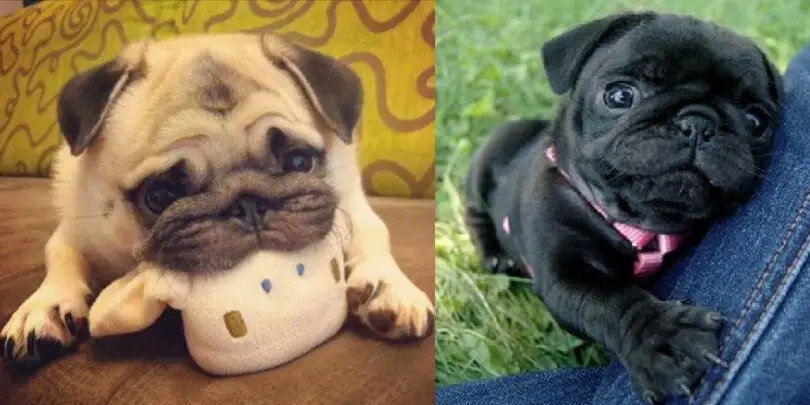For many pug parents, the bond with their four-legged companions goes beyond the typical pet-owner relationship. If you find yourself referring to your pug as your “fur baby” and showering them with the same love and attention as you would a human child, you’re not alone. Science has weighed in on this phenomenon, revealing fascinating insights into why we often treat our pugs like cherished members of the family. Let’s explore the intriguing reasons behind the inclination to view our pugs as more than just pets.
- Oxytocin, the Bonding Hormone: When you interact with your pug, whether through cuddling, playing, or simply gazing into each other’s eyes, the hormone oxytocin is released. Often dubbed the “love hormone,” oxytocin plays a crucial role in forming emotional bonds. The same hormone is released in humans during parent-child interactions, creating a sense of attachment. So, when you treat your pug like your child, it’s not just a feeling—it’s a biochemical response that strengthens your bond.
- Unconditional Love and Acceptance: One of the reasons we treat our pugs like children is the unconditional love and acceptance they provide. Regardless of our flaws or imperfections, our pugs love us without judgment. This unwavering support and affection mimic the unconditional love that parents feel for their children, fostering a sense of familial connection.
- Emotional Intelligence: Pugs, with their keen sense of emotional intelligence, have an uncanny ability to understand and respond to human emotions. This emotional attunement creates a deep connection that goes beyond the typical pet-owner dynamic. Just as parents are attuned to the needs of their children, pug parents often find themselves attuned to the emotional cues of their furry companions.
- Shared Experiences and Memories: The experiences and memories created with your pug become cherished moments that contribute to the family narrative. Whether it’s celebrating birthdays, going on adventures, or simply spending quality time together, these shared moments build a shared history, much like the memories formed with human children.
- Responsibility and Nurturing Instincts: Taking care of a pug involves a level of responsibility and nurturing that mirrors the caregiving role of parents. From providing nutritious meals to ensuring their well-being through regular vet visits, the act of caring for a pug taps into the same nurturing instincts that parents experience when raising children.
- Pug as a Source of Comfort: Just as children seek comfort and security from their parents, pug parents often turn to their furry companions for solace and emotional support. The presence of a pug can provide a sense of comfort and alleviate stress, creating a bond that mirrors the comforting role of a parent.
Conclusion:
The decision to treat your pug like your child is not merely a sentimental choice; it’s rooted in the intricate dance of biology, emotions, and shared experiences. As science unravels the complexities of the human-animal bond, it becomes clear that the love and connection we feel for our pugs go beyond the conventional definitions of pet ownership. So, the next time you find yourself calling your pug your “fur baby,” know that it’s a reflection of a genuine and scientifically supported bond that transcends species. After all, love knows no boundaries—whether furry or human.


Leave a Comment